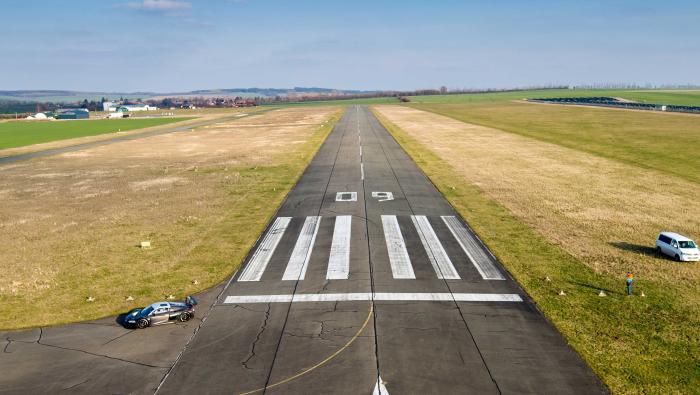An extensive investigation by a team from the British Air Accidents Investigation Branch (AAIB), with input from the French BEA, has failed to arrive at a positive cause for the crash of TBM 700 N30LT on Dec. 6, 2003, at England’s Oxford Airport. The accident killed the pilot and his two passengers. The pilot held an FAA commercial pilot certificate, with 1,573 total hours and 500 hours on type and had completed type conversion at an approved training center in July 1999.
The operator categorized the flight as private, but the post-crash investigation cast doubt on that classification. One of the passengers had a fractional agreement with a Luxembourg-based company, and he contacted that company when he needed to fly from Belgium to Oxford, with a return flight the next day, but the company did not have an aircraft available for the flight.
This company contracted N30LT from its Belgian owners, although the aircraft was registered with an American company. The NTSB assessed the flight as “commercial-on-demand” rather than “private.” N30LT was not certified by the FAA for commercial use.
The flight departed Brussels Airport at 1017 and transited at FL240 before beginning its descent. ATC handed the flight to military radar, which vectored the aircraft until the pilot had visual contact at four miles final for Oxford’s Runway 01, when he changed to Oxford Tower. The airplane was cleared to land at 1122 with a wind of 030/15 knots.
There were many witnesses to the accident and the consensus was that the approach to the field was normal down to about 50 feet agl. At that point the aircraft pitched up and rolled to the left though inverted to an almost upright wings-level attitude, but with a steep nose-down attitude before it hit the ground, coming to rest within 65 feet of the impact point.
Loss of Control
Investigators deemed the crash to be not survivable and death instantaneous. Post-mortem investigation showed no evidence of any contributing medical factor or alcohol, drugs or any other substance. A detailed examination of all flight controls, avionics and powerplant components was also unable to establish any engineering failure that would cause the left roll or loss of control just before landing. Weather was not a factor. The surface visibility was eight to 10 miles with cloud cover few at 1,200 feet, scattered at 1,500 feet and broken at 2,500 feet.
Investigators examined the accident history of the TBM 700 and established that, of the 256 built up to January last year, seven had been involved in fatal accidents and a further eight destroyed without loss of life. Four of these accidents–F-GLBD at Oxford in December 1992, N45PM in December 2000, N700AR in France in May 2002 and N700VA in October 2003–had similarities to the 2003 fatal accident under investigation: the aircraft was at or approaching the flare with low power when the pilot added power to adjust the rate of descent. In all cases the aircraft rolled to the left and the wingtip struck the ground.






